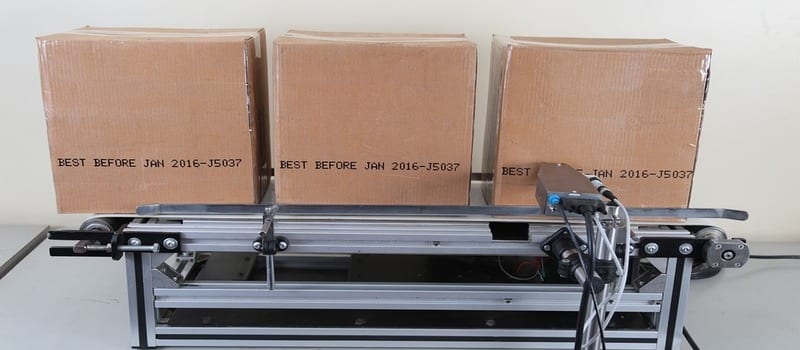LillyWorks Adds Demand Driven MRP to Protected Flow Manufacturing Software


LillyWorks, an ERP solution vendor that focuses on and serves strictly to manufacturing companies, today announced the incorporation of Demand Driven MRP (Materials Requirements Planning) in their Protected Flow Manufacturing software.
“Because consumers now demand ‘instant gratification’ and have mind-boggling amounts of choice, manufacturing today is driven by demand. To be successful, a manufacturer must have the right products and materials – and enough supply on hand – to fulfill customer expectations,” says Dick Lilly, founder and Chairman of LillyWorks, and well-known developer of highly popular scheduling systems for manufacturers of all sizes.
Protected Flow Manufacturing now features Demand Driven MRP (DDMRP) that simulates the effect of issues concerning resource capacity and material availability that are likely to occur in the future. It uses bill of material, production routing, available capacity and inventory data to present solutions that allow the user to prevent those issues from occurring. Together, execution and predictive capabilities enable custom, make-to-order manufacturers, and now make-to-stock manufacturers, to deliver to their customers when originally promised.
“Running out of inventory items at the worst possible time – a common result of executing a plan based on forecasting– is eliminated by the DDMRP features we’ve added to our Protected Flow Manufacturing software,” Mr. Lilly said.
The new DDMRP features, which are embedded in the company’s ERP system and can work in tandem with any existing ERP system already installed, make sure the manufacturer never runs out of critical inventory items.
“Unlike old-fashioned MRP,” he added, “DDMRP does not try to predict the timing of future supply and demand. Its re-supply recommendations are based on actual consumption rather than forecast. In this way, you are always making more of the items people are actually buying and purchasing materials used to make those items, without the need for midcourse corrections due to variances from forecast.”
Looking for more information about ERP systems? Download our free buyers guide, where you can find the top ERP software vendors, snippets about their highest ranking ERP solutions and products, plus the top 10 questions and tips to ask yourself and software vendor before purchasing!
And don’t forget to follow us on Twitter, Facebook and LinkedIn for all the latest in the ERP space!

























